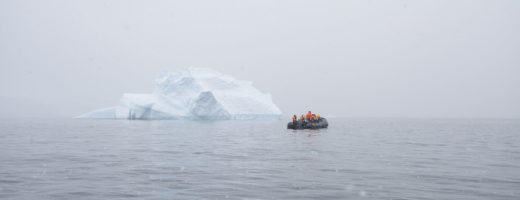Intro: An intrepid lesbian adventurer braves the cold shoulders of the white continent. By Lucy Jane Bledsoe January/February 2005 issue of The Out Traveler “Antarctica is a place that demands all of you,” says longtime polar explorer Ann Bancroft. “You can’t fake it out. You have to be willing to back off. It’s a
Antarctica is Earth’s southernmost continent, overlying the South Pole. It is the fifth-largest continent in area after Asia, Africa, North America, and South America. About 98% of Antarctica is covered by ice, which averages at least 1.6 kilometres (1.0 mi) in thickness. On average, Antarctica is the coldest, driest and windiest continent, and has the highest average elevation of all the continents. Since there is little precipitation, except at the coasts, the interior of the continent is technically the largest desert in the world. There are no permanent human residents. Only cold-adapted plants and animals survive there, including penguins, seals, mosses, lichen, and many types of algae. The Antarctic Treaty was signed in 1959 by twelve countries; to date, forty-six countries have signed the treaty. The treaty prohibits military activities and mineral mining; it supports scientific research and protects the continent’s ecozone. Ongoing experiments are conducted by more than 4,000 scientists of many nationalities and with different research interests. Read More. Since no one country’s laws govern Antarctica there are no laws governing civil society and no laws about homosexuality. Each science station has its own national culture and attitudes about social behavior. At the American station it has been reported that lesbian scientists are not unusual.


